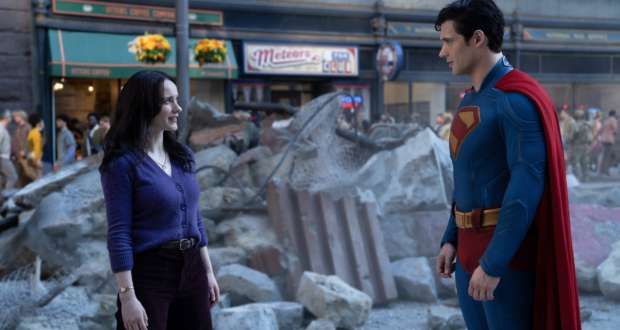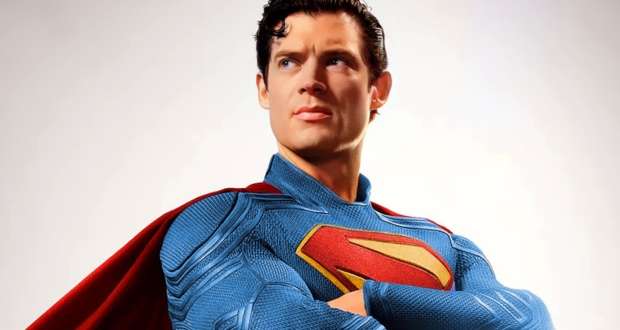Christopher Nolan’s The Odyssey: Logan Marshall-Green Replaces Cosmo Jarvis Christopher Nolan’s The Odyssey has undergone a casting shift ahead of its highly anticipated 2026 release. Actor Cosmo Jarvis, originally set to appear in the mythic IMAX epic, has exited the ...
Login
Cosmo Jarvis
/ Cosmo Jarvis
Search
Stay Connected
- 0Fans
- 15,100Subscribers
- 27072Posts
Latest Reviews
Blogroll
© 2024 THEMOVIEBLOG.COM
All Rights Reserved.
© Copyright 2025, All Rights Reserved Powered by The Movie Blog





